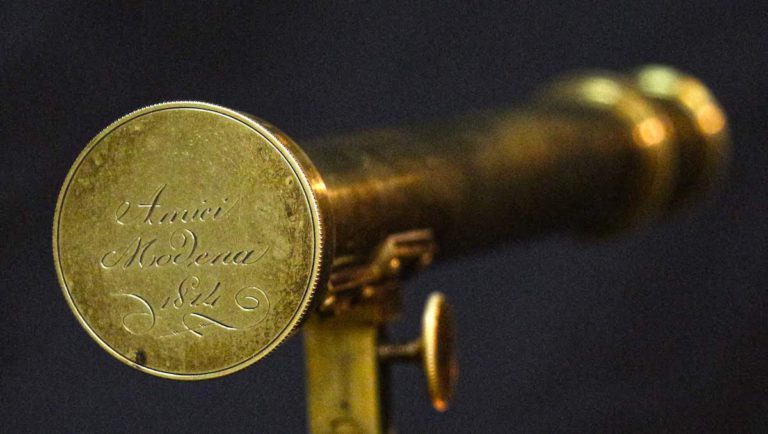An interactive map that collects the places of Emilia-Romagna linked to the universe of photography.
214 places, located in 60 towns of Emilia-Romagna, including photographic archives and collections, photo libraries, galleries and exhibition spaces, festivals and events, courses, and photographic clubs, but also the most photogenic places.
Emilia Romagna can boast a rich heritage linked to photography: we are in the region that gave birth to great names of photography history – from Franco Fontana to Luigi Ghirri, from Nino Miglior to Paolo Roversi – and where some of the most important festivals are organized, both on a national and international level, such as the SIFest in Savignano sul Rubicone and the only Biennial of Photography of Industry and Work at MAST Bologna.
All this rich heritage now becomes evident and accessible, thanks to the mapping of everything that revolves around photography in Emilia-Romagna. The places are easily searchable by name or filtered by municipality or category.
This is a work-in-progress map, so if you want to signal us some themed places, please leave a comment below!
The project is carried out by Paola Sammartano (journalist contributor to international magazines specialized in photography) and Guido Bartoli (consultant and teacher in digital imaging and chemical and digital photography) for APT Servizi Emilia-Romagna.
Finally, keep talking about photography we want to mention the Open Library Emilia-Romagna photographic database, which collects and catalogs, in thousands of images, the historical, architectural, and naturalistic heritage of our Region.
Search on openlib.emiliaromagnaturismo
Author
You may also like
Dal Lunario alle stelle, passando da una camera obscura [PhotoValley]
by Paola Sammartano /// June 30, 2021

Interested in our newsletter?
Every first of the month, an email (in Italian) with selected contents and upcoming events.

![Dalla Pietra di Bismantova al mondo (con il Pangea Photo Festival) [PhotoValley]](https://www.travelemiliaromagna.it/wp-content/uploads/2021/08/Eremo-di-Bismantova.jpeg)
![Dal Lunario alle stelle, passando da una camera obscura [PhotoValley]](https://www.travelemiliaromagna.it/wp-content/uploads/2021/08/08-Massimiliano-Masserelli-Gruppo-Astrofili-Persicetaniproc_IMG_8714-hdr-1-Q.jpg)
![Andar per foto: dal MAST al Reno. Anche in bici [PhotoValley]](https://www.travelemiliaromagna.it/wp-content/uploads/2021/08/05-Platon-Congo.jpg)